The Persian leopard, a majestic and elusive big cat, once roamed widely across the Middle East and Central Asia. Today, its presence has dwindled to fragmented populations, clinging to survival in remote mountainous regions. This subspecies, scientifically known as Panthera pardus saxicolor, is now considered endangered, with fewer than 1,000 individuals estimated to remain in the wild. The Middle East, particularly Iran, hosts the last significant populations of this remarkable predator, making conservation efforts in the region critical for its survival.
The Persian leopard's historical range once extended from the Caucasus Mountains through Iran, Afghanistan, and into parts of Turkmenistan and Turkey. However, habitat loss, poaching, and human-wildlife conflict have drastically reduced its numbers. In Iran, which now holds the largest remaining population, the leopard inhabits rugged terrains such as the Alborz and Zagros mountain ranges. These areas provide the solitude and prey base necessary for the leopard's survival, but even here, the species faces mounting pressures.
Habitat fragmentation is one of the most pressing threats to the Persian leopard. As human settlements expand and infrastructure projects encroach on wilderness areas, the leopard's territory becomes increasingly isolated. This not only limits their hunting grounds but also disrupts genetic diversity by preventing populations from intermingling. In some regions, leopards are forced into closer proximity with humans, leading to conflicts over livestock and, in some cases, retaliatory killings by herders.
Another significant challenge is the decline in prey species. Persian leopards primarily hunt wild goats, deer, and wild boar, but overhunting and habitat degradation have reduced the availability of these animals. In some areas, leopards have turned to domestic livestock as an alternative, further exacerbating tensions with local communities. Conservationists emphasize that restoring prey populations is essential to ensuring the leopard's long-term survival.
Despite these challenges, there are glimmers of hope. Iran has taken steps to protect the Persian leopard by establishing protected areas and implementing anti-poaching measures. Organizations such as the Persian Wildlife Heritage Foundation have worked tirelessly to monitor leopard populations and advocate for their protection. International collaborations, including partnerships with zoos and conservation groups, have also contributed to raising awareness and funding for conservation projects.
One notable success story is the recent discovery of leopard populations in areas previously thought to be uninhabited by the species. Camera traps and field surveys have revealed that small groups of leopards still persist in parts of Iraq, Armenia, and even Turkey. These findings underscore the leopard's resilience and the importance of continued conservation efforts across its historical range.
Community involvement has proven to be a key factor in successful conservation programs. Educating local populations about the ecological role of the Persian leopard and providing incentives for coexistence have helped reduce human-leopard conflicts. In some regions, eco-tourism initiatives centered around leopard sightings have provided economic benefits to communities while fostering a sense of pride in protecting this iconic species.
The road ahead remains fraught with challenges, but the Persian leopard's fate is not yet sealed. With sustained conservation efforts, habitat restoration, and international cooperation, there is still a chance to secure a future for this magnificent predator in the wild. The story of the Persian leopard serves as a reminder of the delicate balance between human development and wildlife preservation—and the urgent need to protect what remains of our planet's biodiversity.
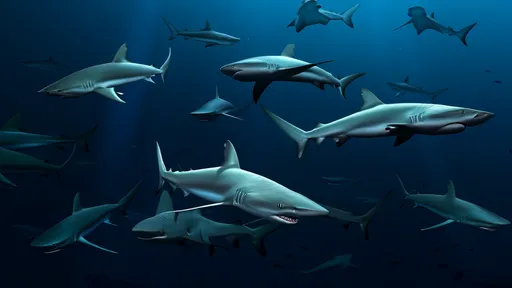
By /Jun 12, 2025
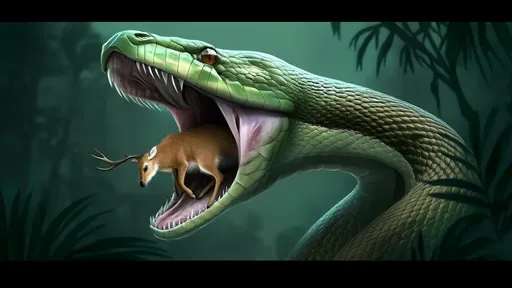
By /Jun 12, 2025
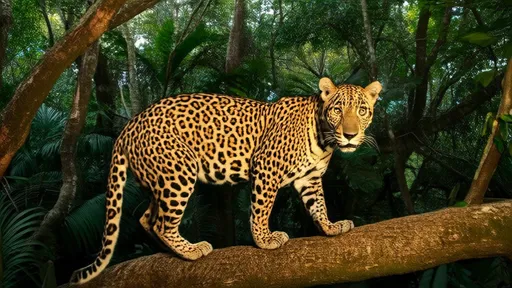
By /Jun 11, 2025
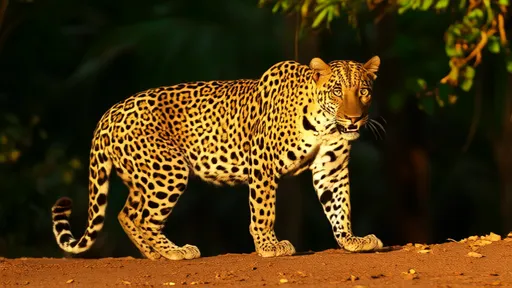
By /Jun 11, 2025
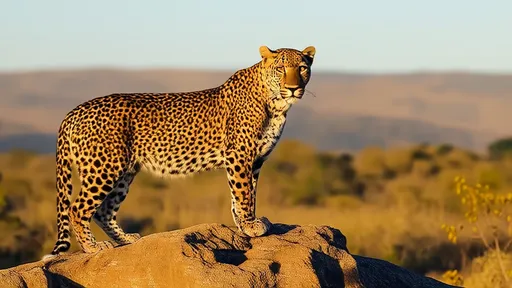
By /Jun 11, 2025
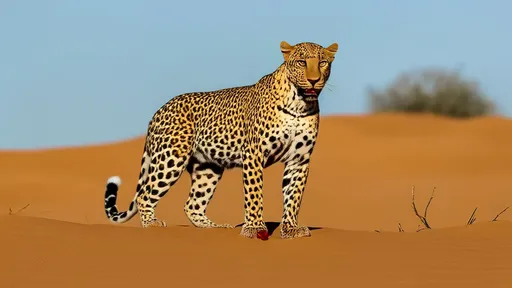
By /Jun 11, 2025
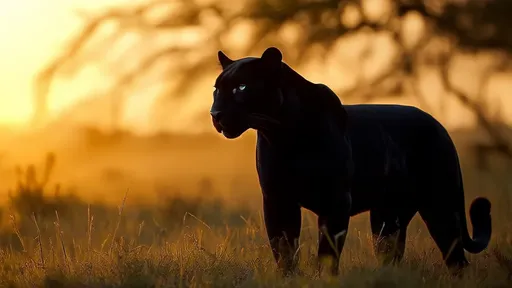
By /Jun 11, 2025
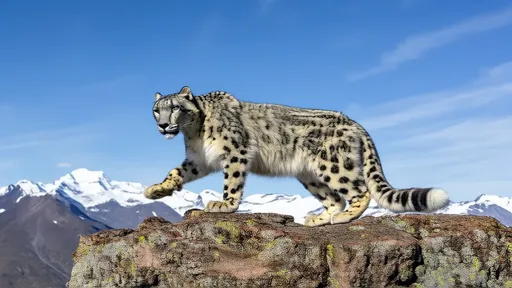
By /Jun 11, 2025
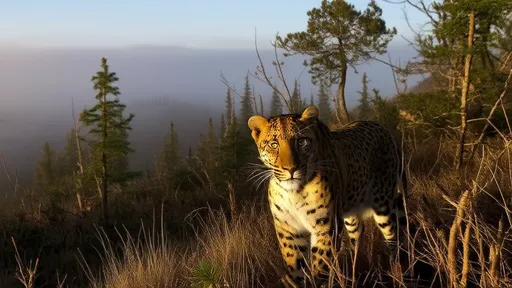
By /Jun 11, 2025
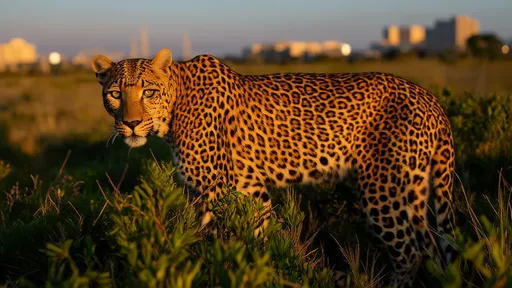
By /Jun 11, 2025
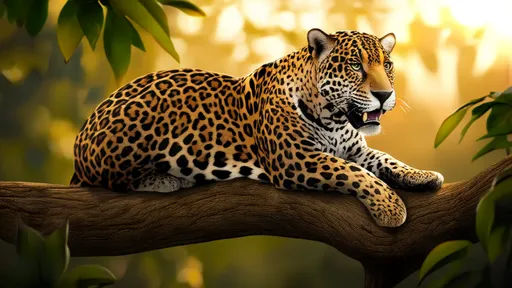
By /Jun 11, 2025
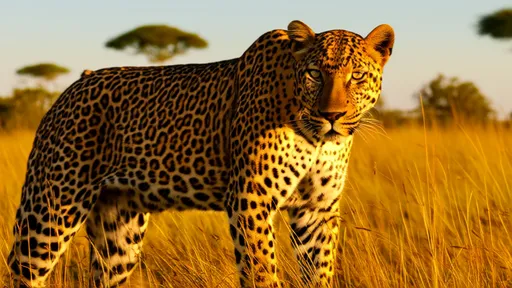
By /Jun 11, 2025
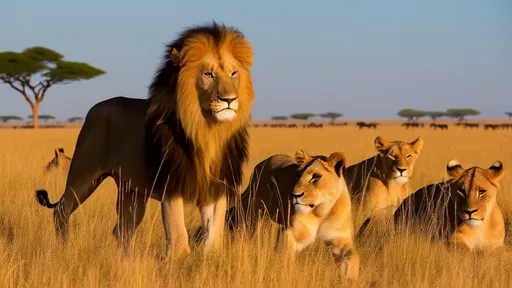
By /Jun 11, 2025
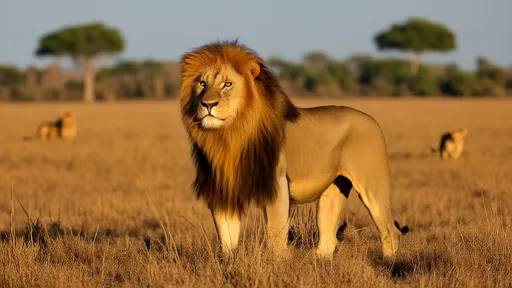
By /Jun 11, 2025
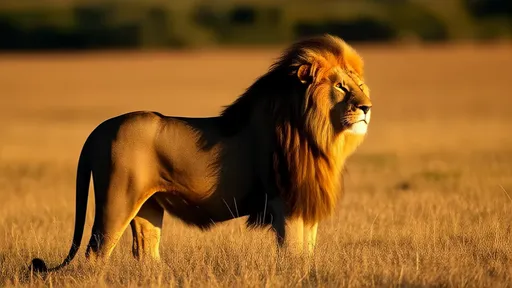
By /Jun 11, 2025
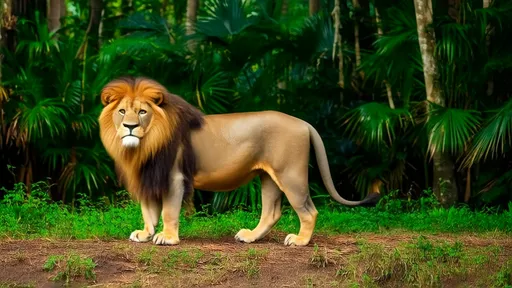
By /Jun 11, 2025
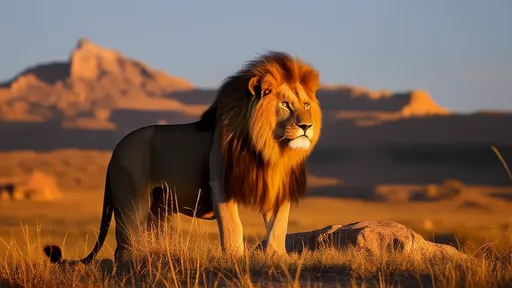
By /Jun 11, 2025

By /Jun 11, 2025
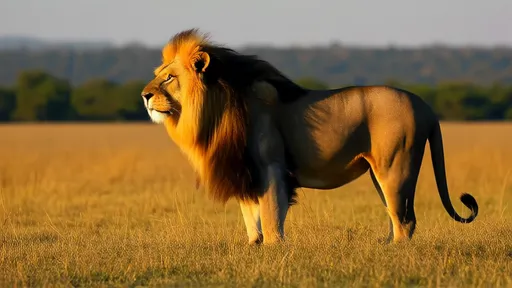
By /Jun 11, 2025
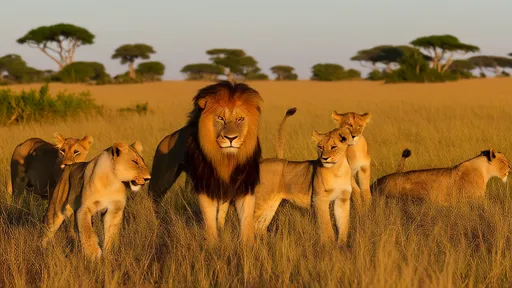
By /Jun 11, 2025